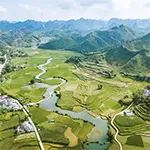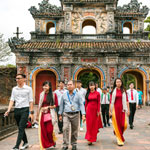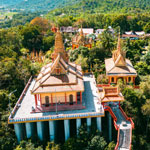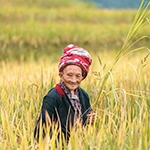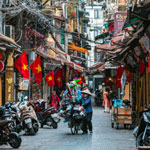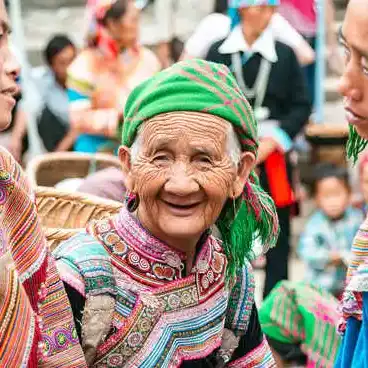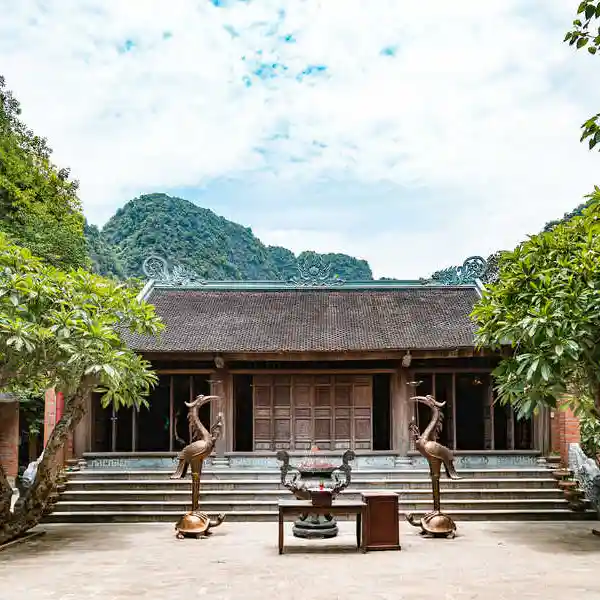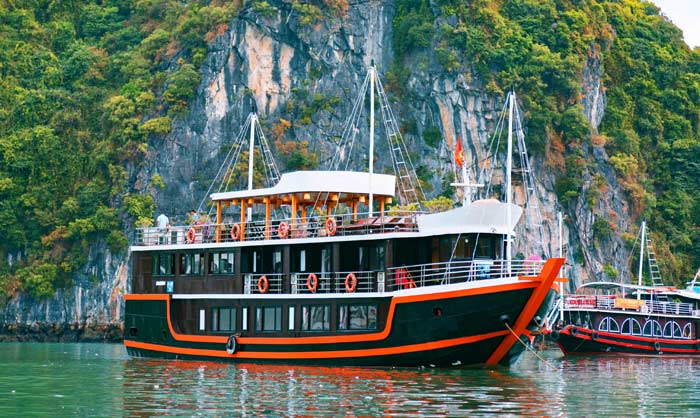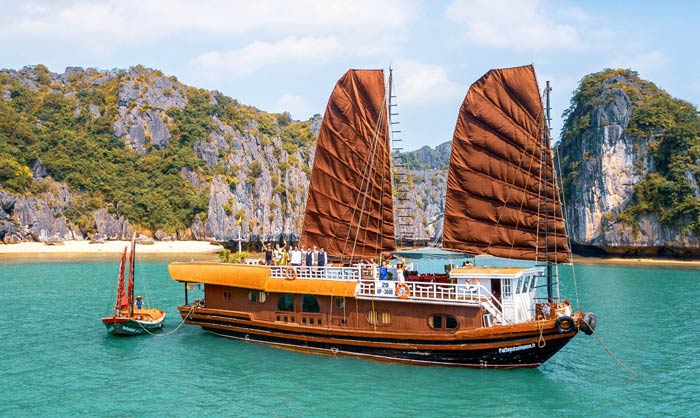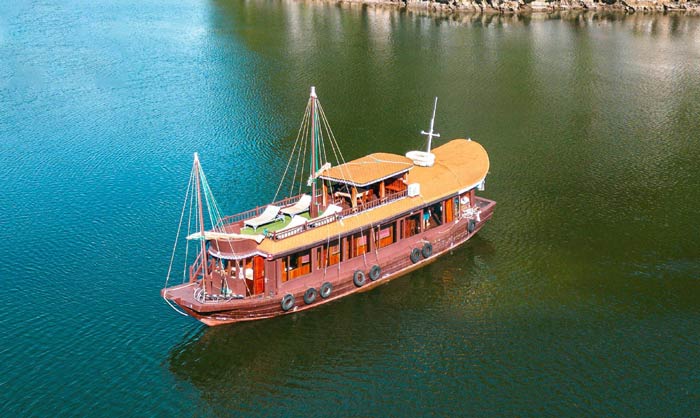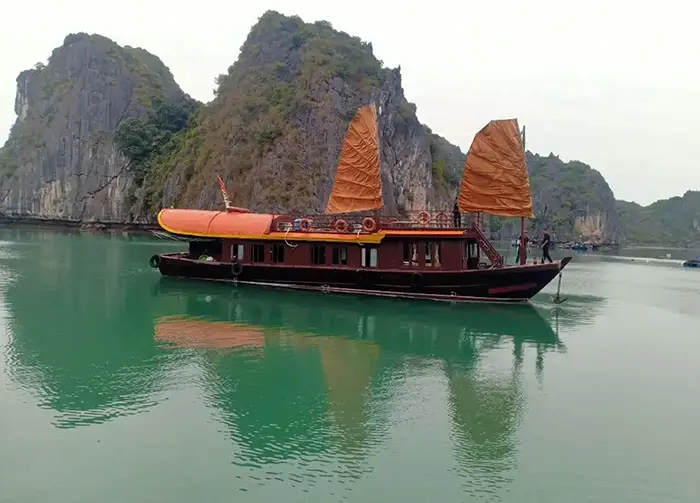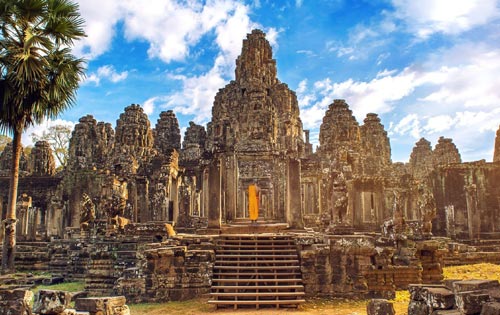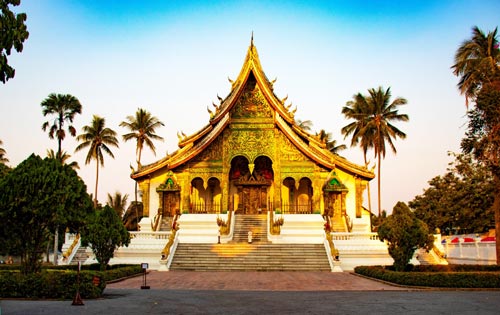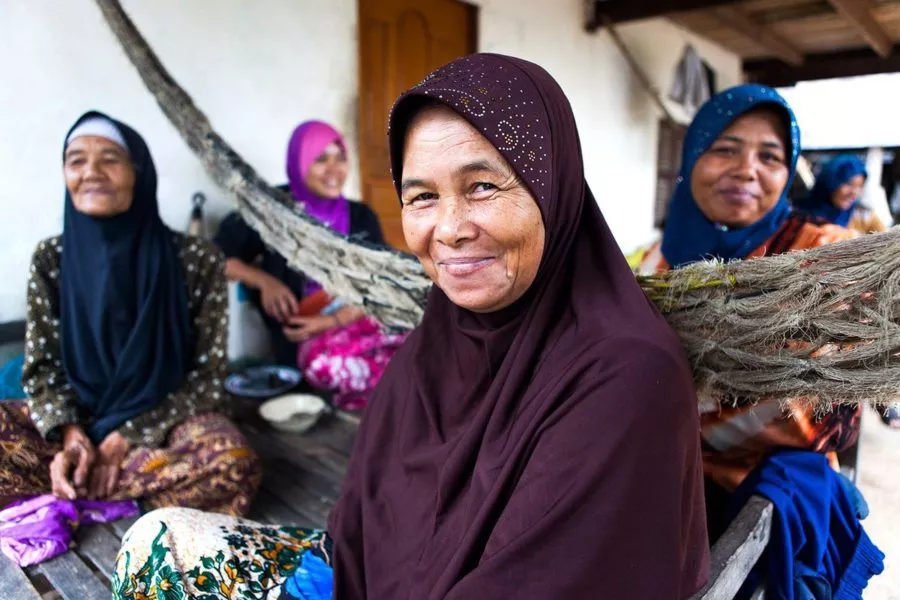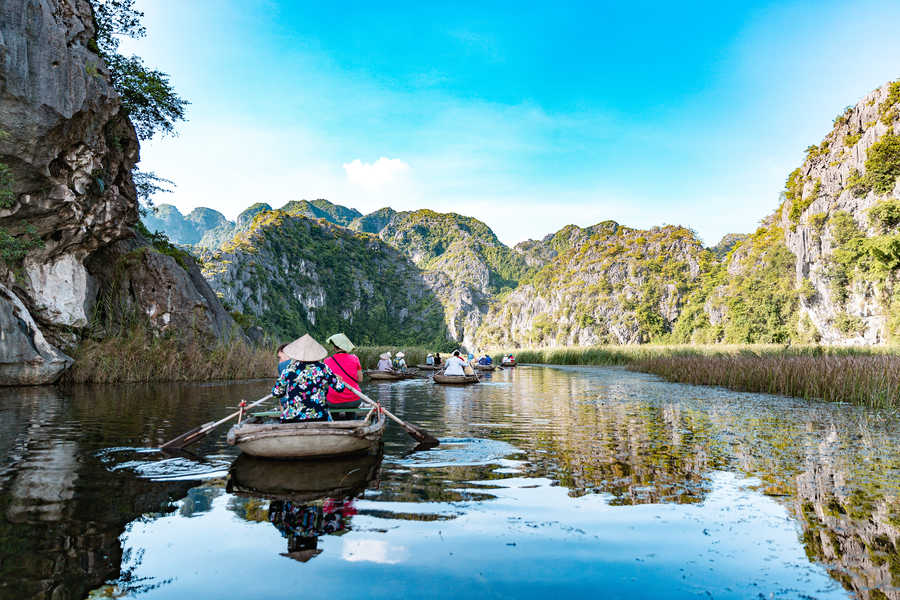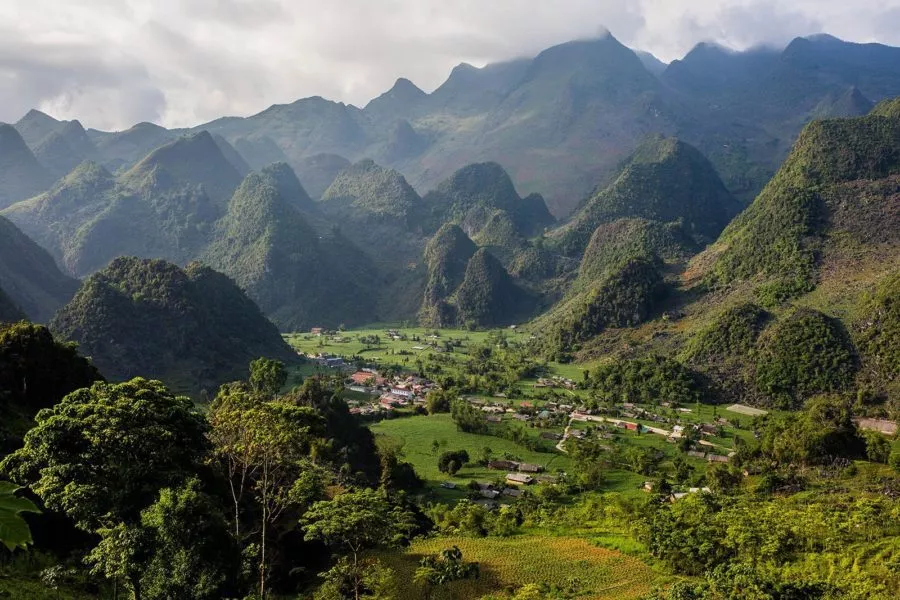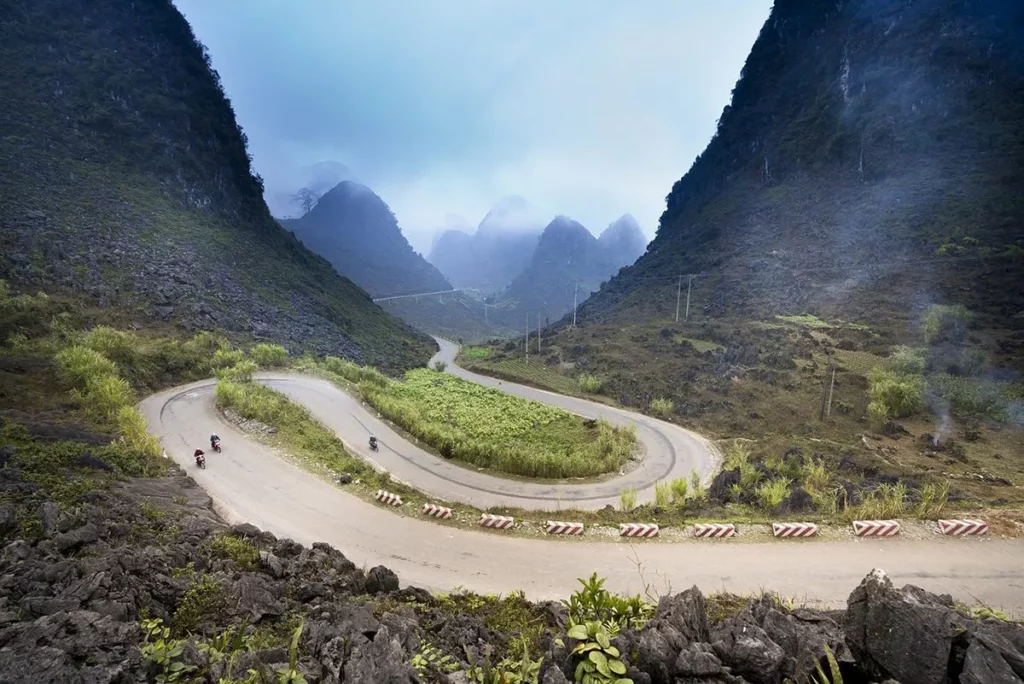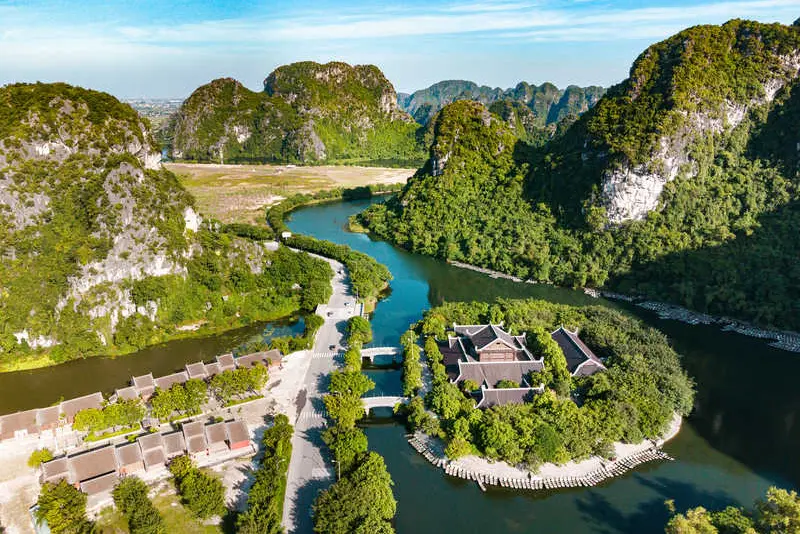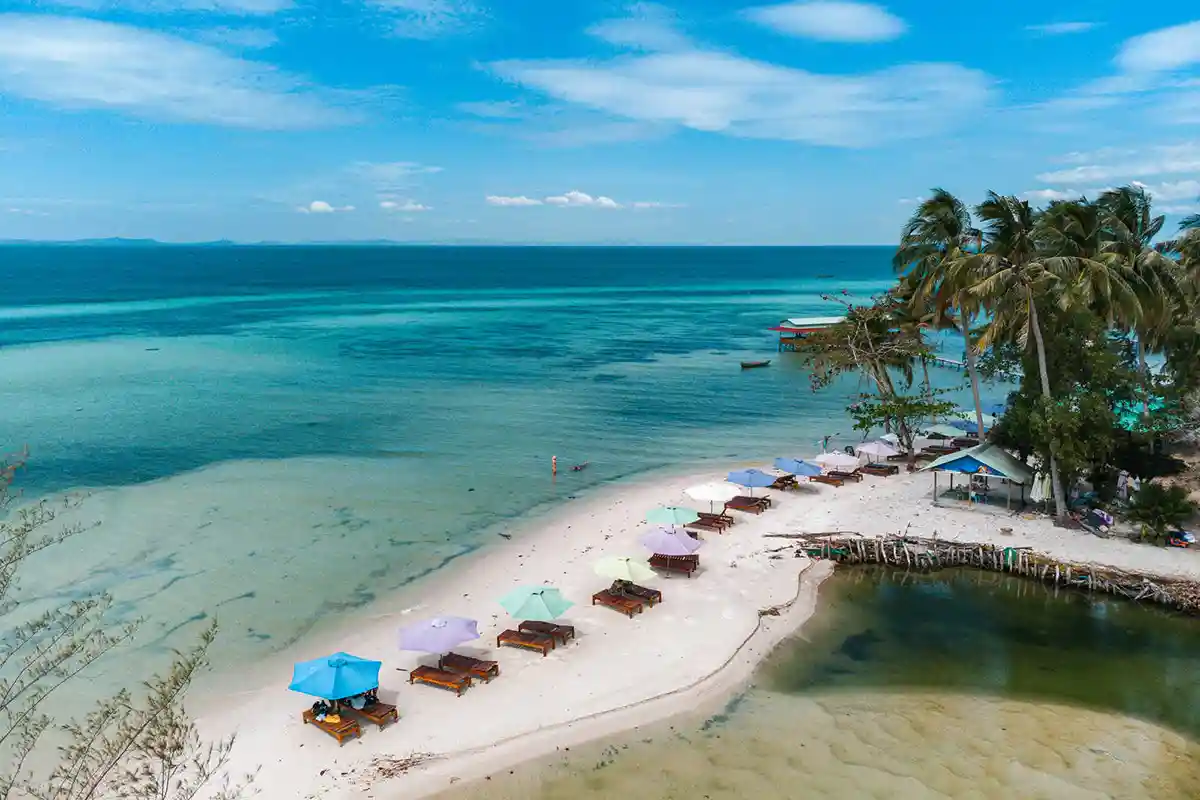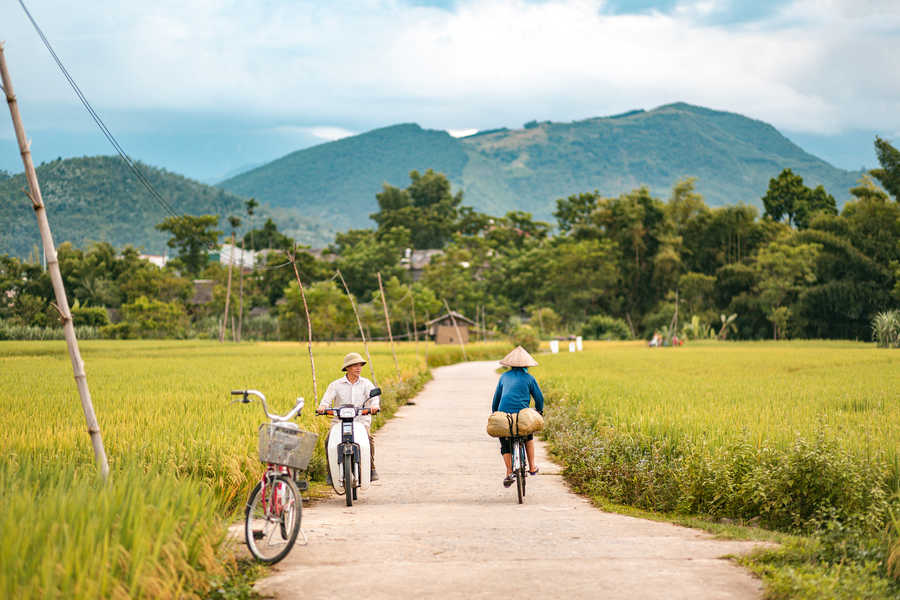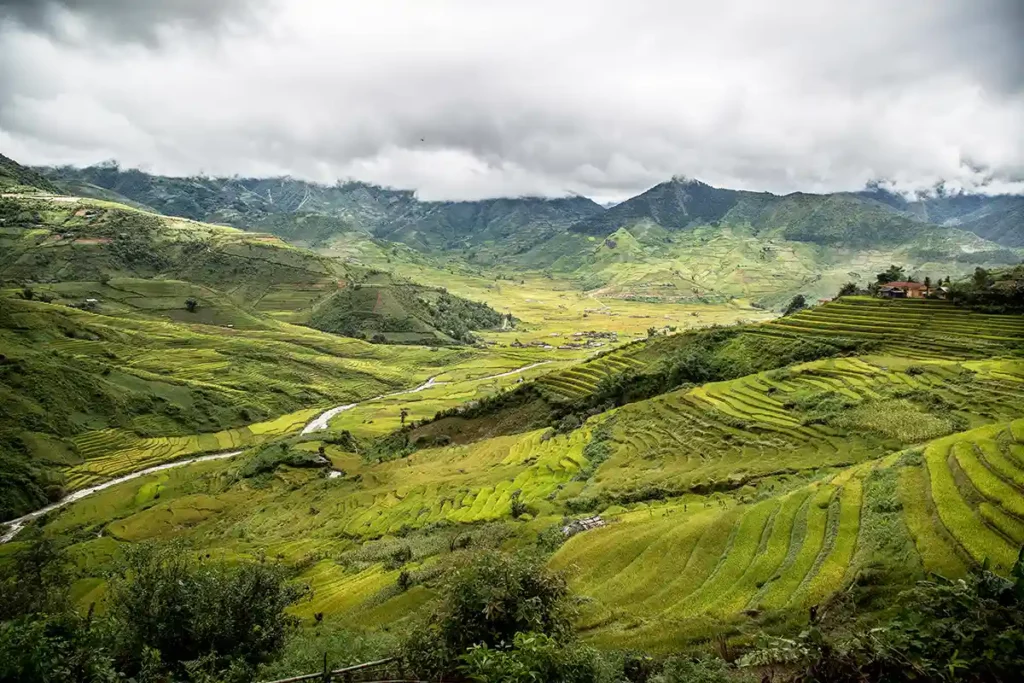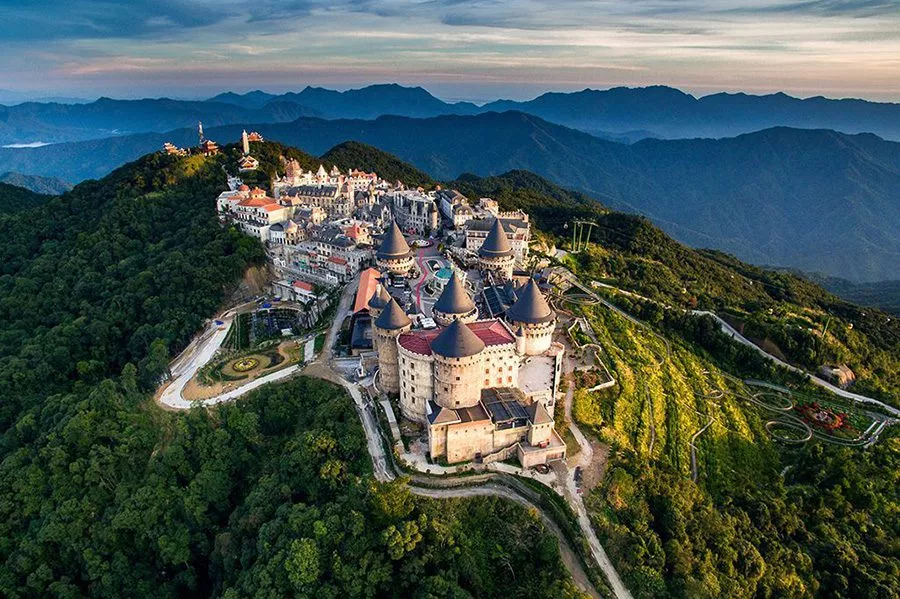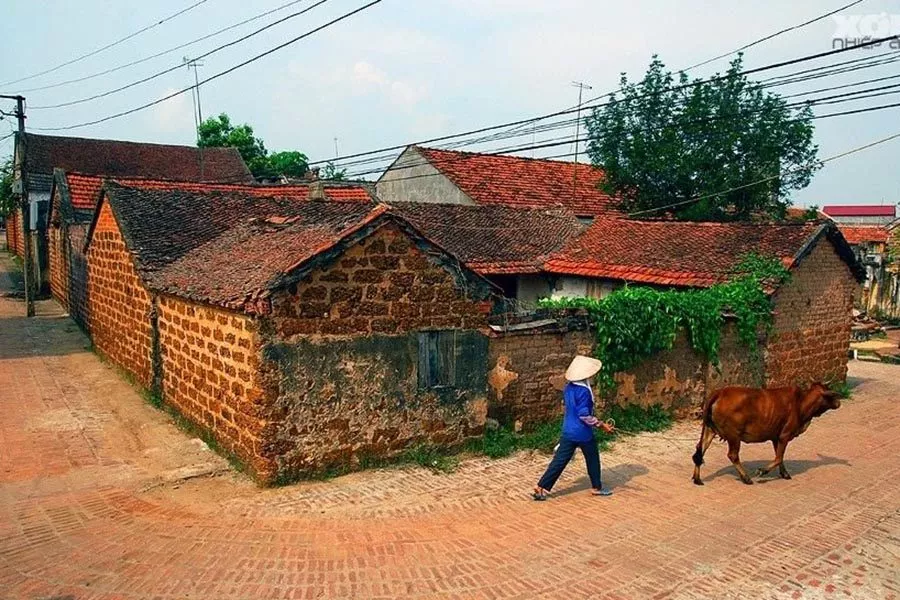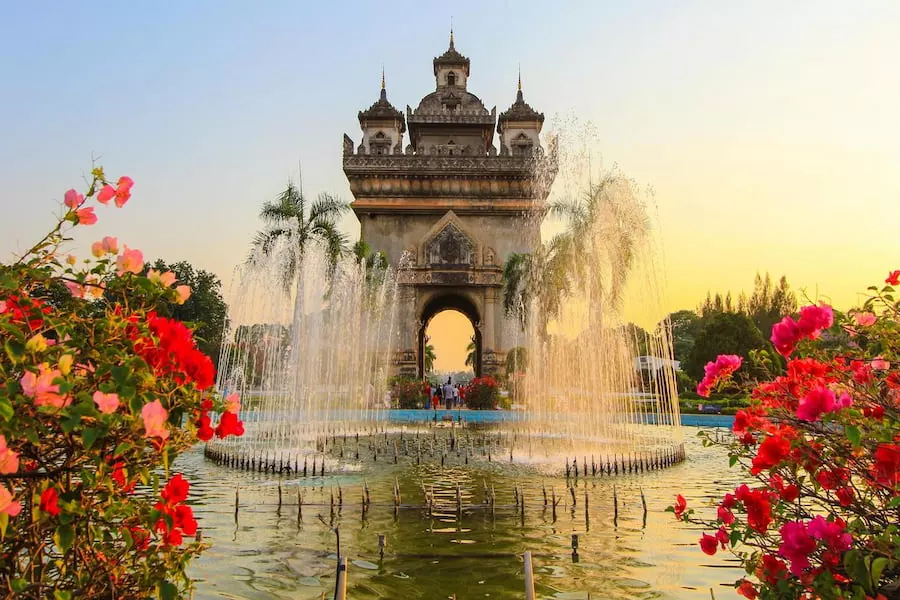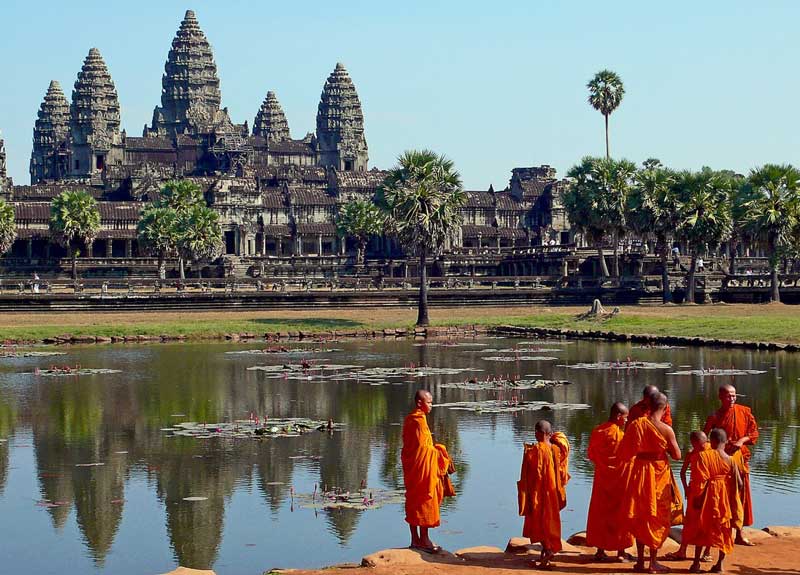The Cham are a people originating from the Kingdom of Champa, which existed between the 12th and 17th centuries in what is now Vietnam — specifically in the region known today as the Central Highlands. This people originally came from the islands that are now Malaysia and Indonesia. Today, the Cham are spread across several countries: there are about 300,000 in Cambodia and 125,000 in Vietnam. Smaller communities also live in Laos, Malaysia, Thailand, as well as in the United States and France. Those who emigrated far from their homeland were forced to flee the atrocities of the Khmer Rouge, who are believed to have exterminated between 100,000 and 500,000 Cham people between 1975 and 1979.
In Vietnam, their villages are located along the coast in the provinces of Ninh Thuan and Binh Thuan, near the city of Phan Rang — also known as Panduranga, a historic site of the Cham Empire.
What do the Cham people live on?
The Cham people were once known during the glorious era of the Kingdom of Champa for being great pirates and warriors! Fortunately, those days are long gone, and today the Cham community makes a living from agriculture, crafts, and fishing.
You might have already heard of the ceramics made by Cham women — if not, it’s truly worth discovering! The village of Bau Truc, located in Ninh Thuan Province, is one of the oldest pottery villages in Southeast Asia, and its craft heritage is purely Cham.
A large majority of Cham families in the village still practice this ancestral craft, using traditional techniques passed down through generations. You’ll find a wide variety of handmade items such as vases, pots, jars, and decorative lamps, each showcasing the unique artistry and cultural identity of the Cham people.
How do the Cham people live?
The traditional Cham house, called Thangyo, is usually built on large supports—either flat on the ground or on stilts. The walls are made of mud covered with straw, and the house typically includes three rooms and a common corridor. A large room serves as the bedroom for the parents and is transformed into a funeral chamber when a family member passes away.
Other features of Cham homes—whether built on stilts or directly on the ground—depend on the climate and terrain of the region. In areas where floods are common during the rainy season and where termites, scorpions, ants, and snakes are frequent during the dry season, stilt houses offer clear advantages. The Cham living in the highland regions of Quang Ngai and Binh Dinh provinces tend to build such elevated houses, while those in Phan Rang, Nha Trang, and Phan Thiet provinces usually live in ground-level homes.
How do the Cham dress?
The main garment for both men and women is a batik-style sarong, worn tied around the waist. Men wear shirts over their batik, while women wear fitted blouses that open at the neckline and have tight sleeves. Their characteristic headwear is a turban or scarf.
What are their beliefs?
The Cham people have Hindu origins, and a portion of them converted to Islam in the 13th century under the influence of Arab, Indian, Persian, and Chinese Muslim traders. Today, there are two distinct branches: the Brahmanist Chams and the Muslim Chams, known as Bani (“sons of the prophet”). However, the latter practice a form of Islam that remains deeply influenced by Hinduism, and they do not strictly follow all the precepts of Islam as it is traditionally observed in the Middle East.
Due to their religion, the Cham people find support within the Muslim networks of Southeast Asia. These networks assist them in preserving their faith and spirituality by helping to build mosques (a total of 79 in Vietnam) and religious schools.
Their rituals
# Marriage: Among the Cham people, marriage must be consummated several months before the official ceremony! The children born from these unions are often old enough to take part in the wedding celebration itself. In the evening, the couple—dressed in plain white clothing—walk hand in hand along mats laid from their home to the ceremonial hut. Surrounded by their families, the priests recite prayers. The girl’s parents tell the young man that they are giving him their daughter. By offering his hand, the young man accepts. Kneeling before the priests, he bows three times. The young woman also bows three times and then returns home alone.
The priests then ask the young man what gifts he brings for his bride. He must offer a silver ring and may also give additional gifts such as bracelets, buffaloes, or carts. The priests bless the ring, which two witnesses carry to the young woman. If she accepts it, the ring is placed on her finger, and the young man is told of his good fortune. The bride’s parents present a gift to the groom, as do his parents. Guests also offer presents to the couple, and the ceremony ends with a grand feast.
Did you know that divorce is quite common among the Cham people? And that it is often initiated by the woman! Divorce takes place before the village’s spiritual leader, and the rings—as well as the objects exchanged during the marriage ceremony—are returned to each party.
# Funerals: According to the customs of the Cham Muslim people in Binh Thuan Province, after the burial ceremony, the family of the deceased holds a worship ritual (called “phathi” in the Cham language) at home for three consecutive days.
The first day is called “Dau Van,” the second is “Tak Ku Bau Yau” (the buffalo sacrifice ritual), and the third day is “Po Non” (the road ritual). Offerings for the weekly ceremony include two buffaloes, a ton of rice, as well as fish, betel, areca nuts, sugar, and other foods.
The rituals are led by a chief priest who recites prayers alongside the “muftis” (Islamic priests). Villagers attending the ceremonies help the family build a “chank” (a small worship hut). After the burial ceremony in the morning, the family holds the “Dau Van” ritual between 4 and 5 p.m., offering simple gifts such as rice and chickens.

